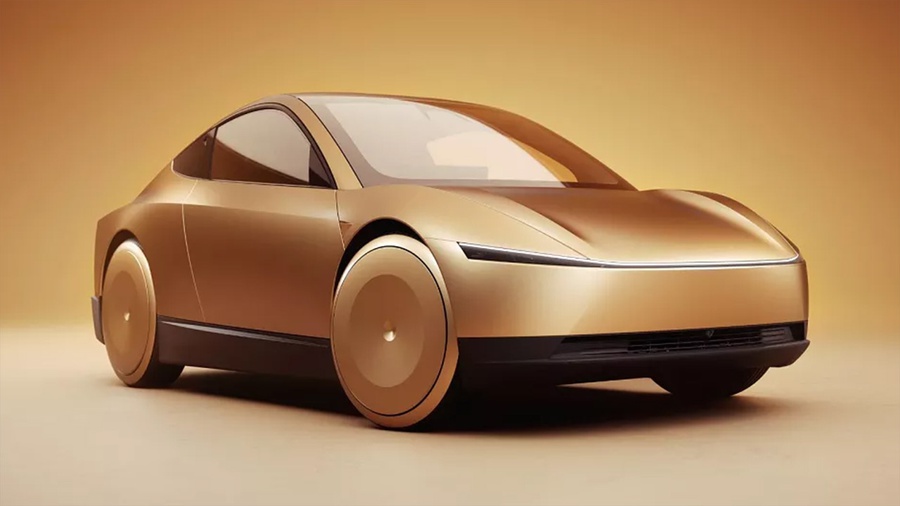The Cybercab's unique design means it can't use Tesla's extensive Supercharger network or any other public charging stations. Instead, Tesla plans to use inductive charging for its robotaxi fleet.
Tesla shared a clip on X demonstrating the wireless charging capability. The video showed the Cybercab charging at 25 kW, which is faster than the 11.5 kWh Tesla Wall Connector but slower than public chargers and V4 Superchargers that can deliver up to 350 kW.
Hold up, it doesn't even touch the car? Genuinely asking, is there a way this *couldn't* be inefficient? https://t.co/PrfDNZDg0v
— Christian Selig (@ChristianSelig) October 18, 2024
The efficiency of wireless charging has sparked a debate. Technology reviewer Marques Brownlee expressed skepticism, stating that wireless charging typically results in significant heat waste. He suggested that achieving 75% efficiency would be a noble goal.
Tesla quickly responded, claiming they've achieved efficiency well above 90%. Elon Musk chimed in, stating there's no meaningful difference in efficiency between inductive and conductive charging if designed correctly.
There is no meaningful efficiency difference between inductive and conductive charging if the system is designed right.
— Elon Musk (@elonmusk) October 19, 2024
There is always an inductor somewhere in the charge circuit!
Tesla's confidence in wireless charging technology likely stems from its $76 million acquisition of German company Wiferion last year. Wiferion had previously claimed 93% efficiency in their wireless charging solutions.
The Cybercab's reliance on wireless charging raises questions about practicality and infrastructure. Tesla may need to update its Supercharger network with wireless charging pads, and owners might have to charge their robotaxis at home using similar pads.
Source: Tesla
.jpg)

